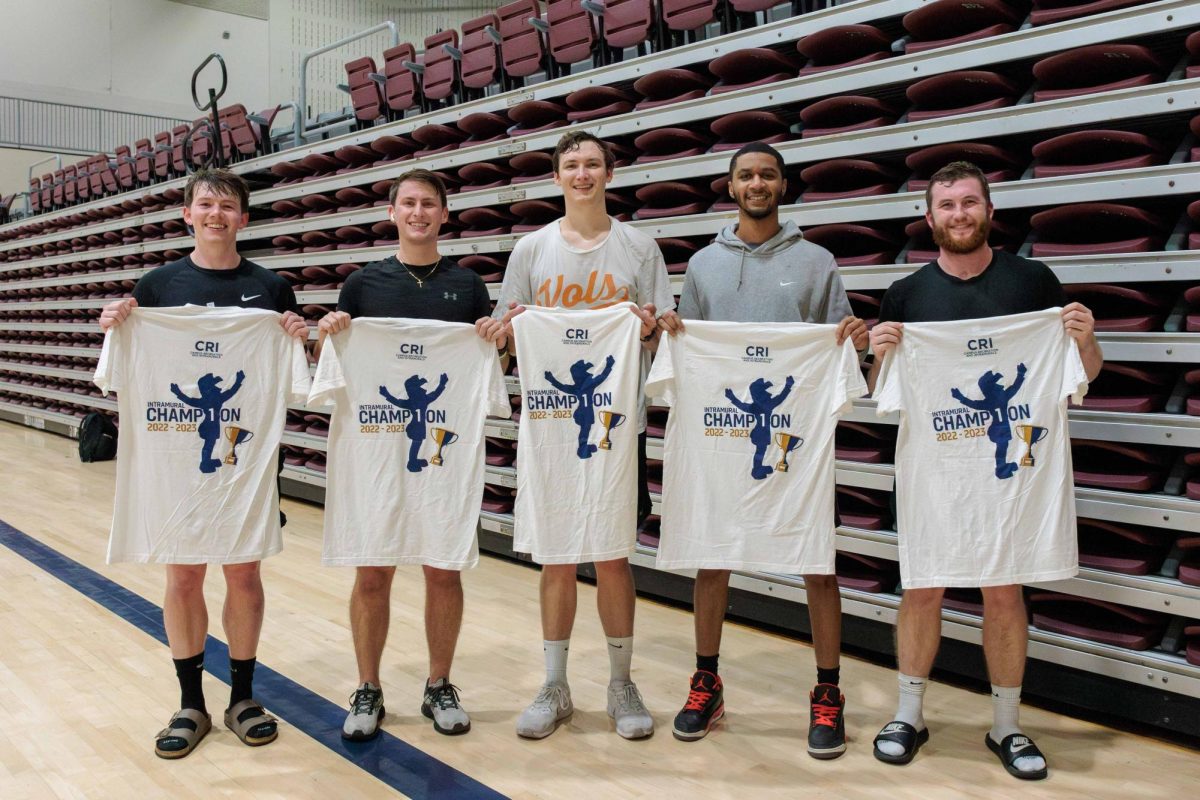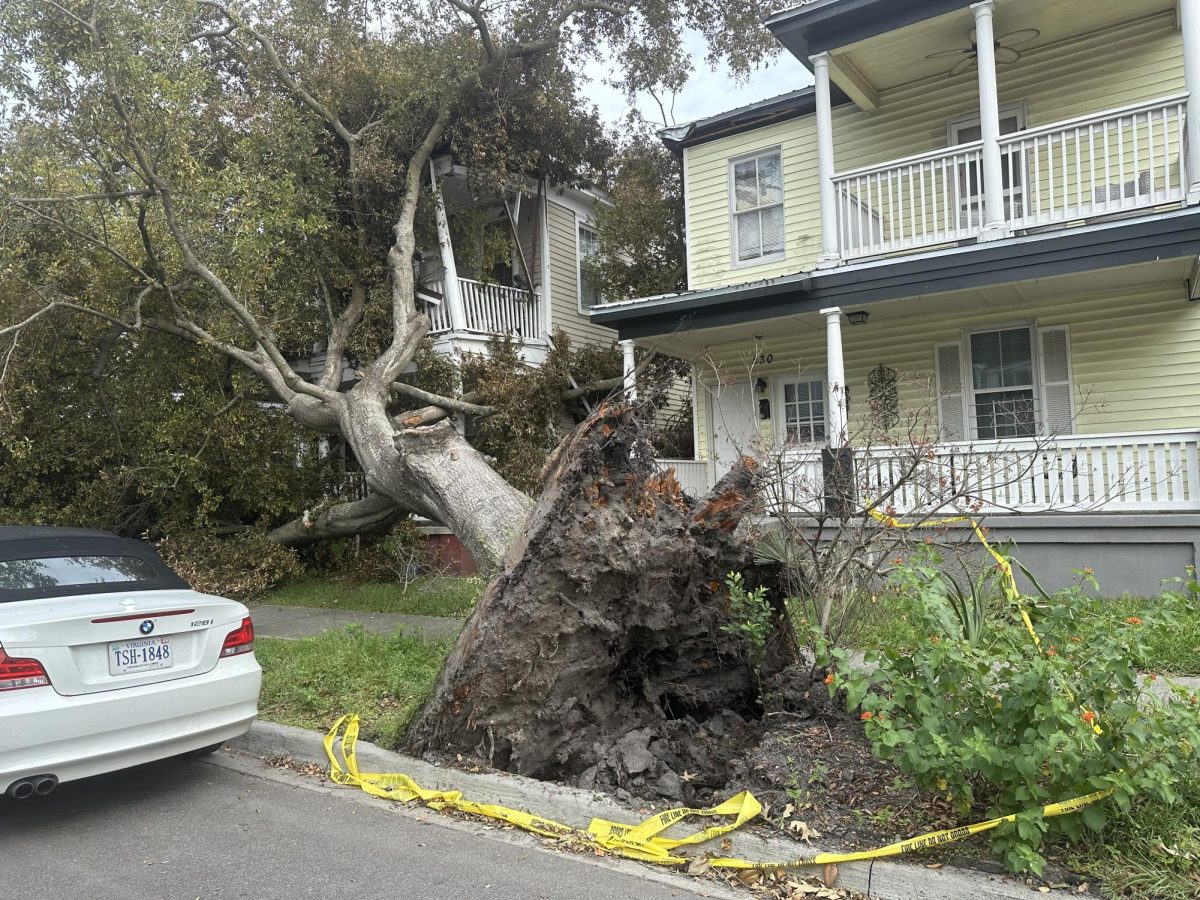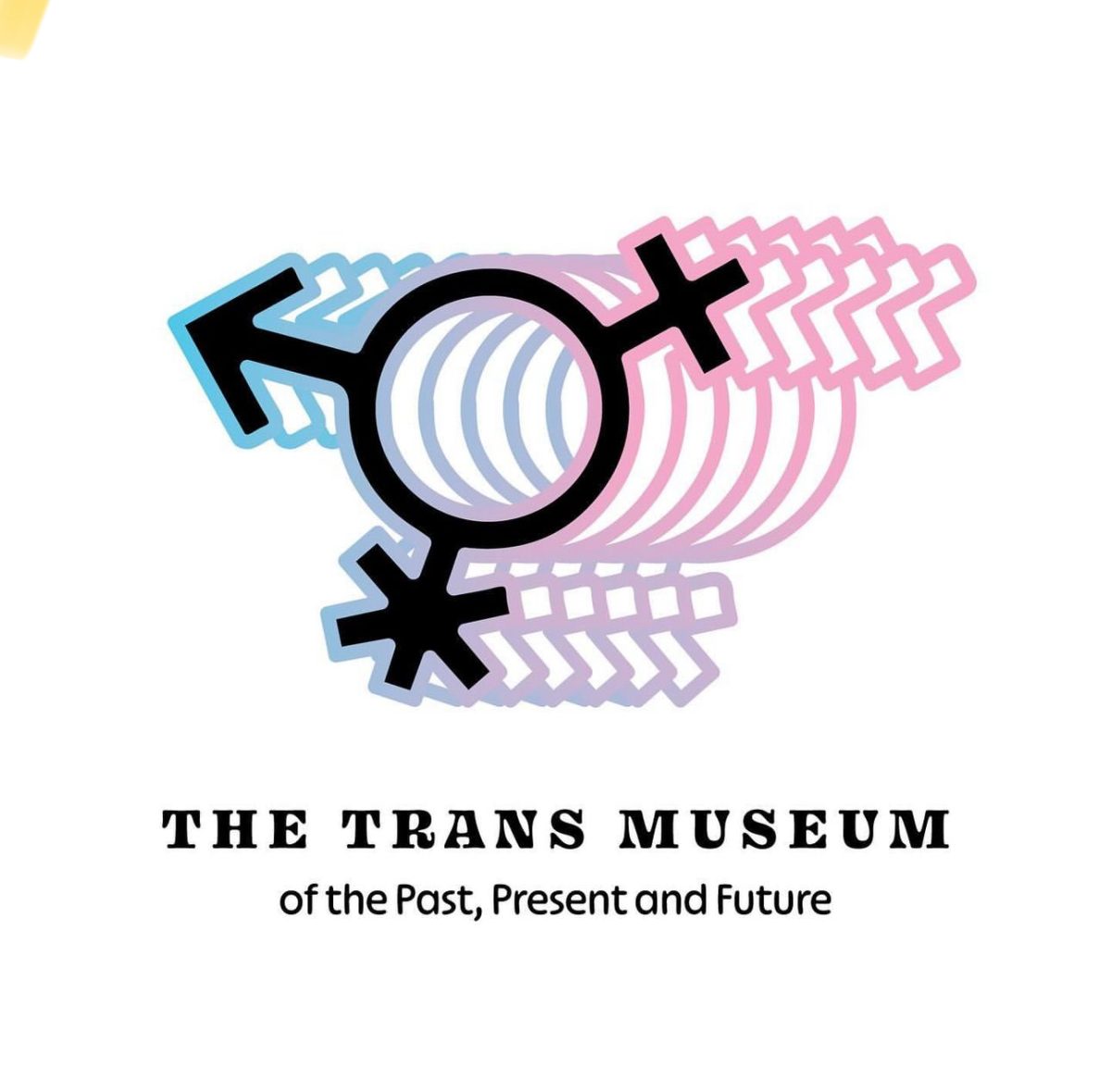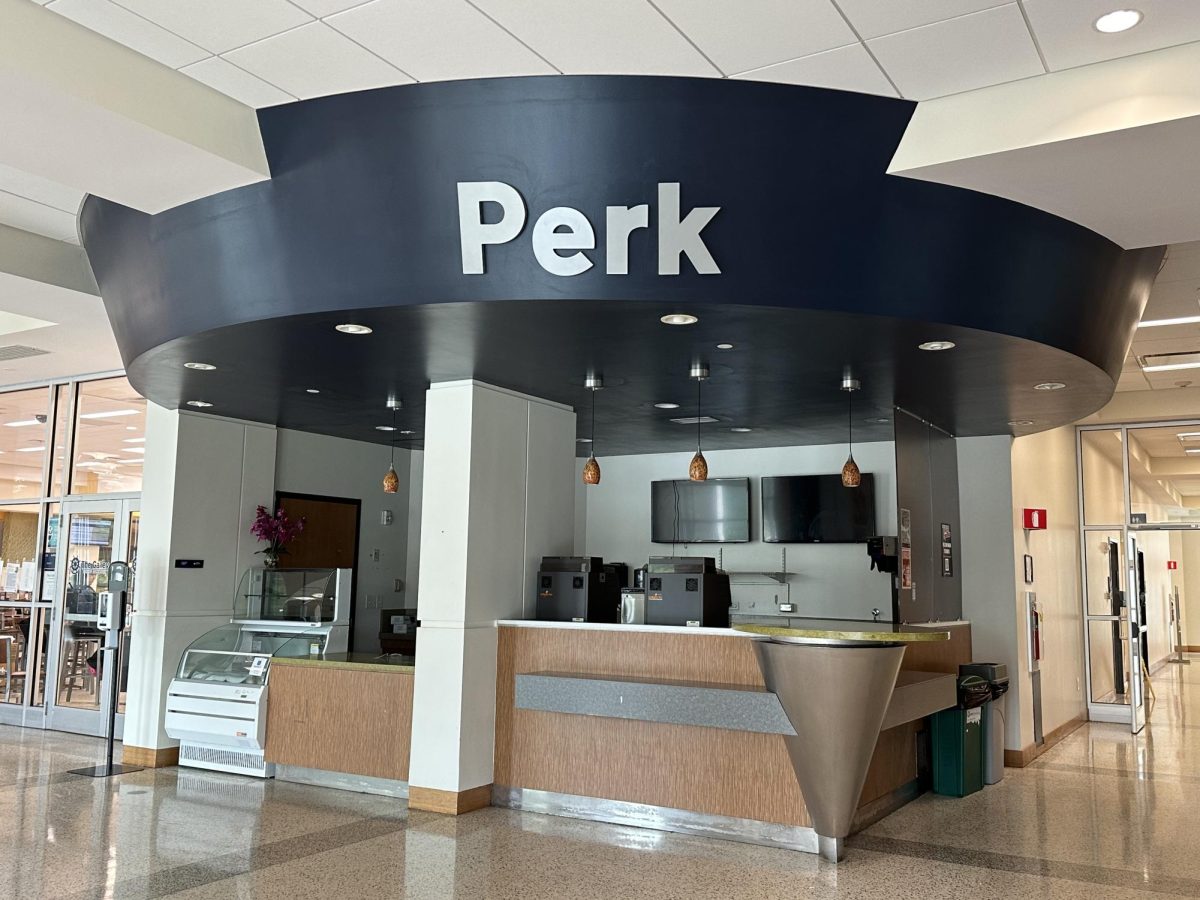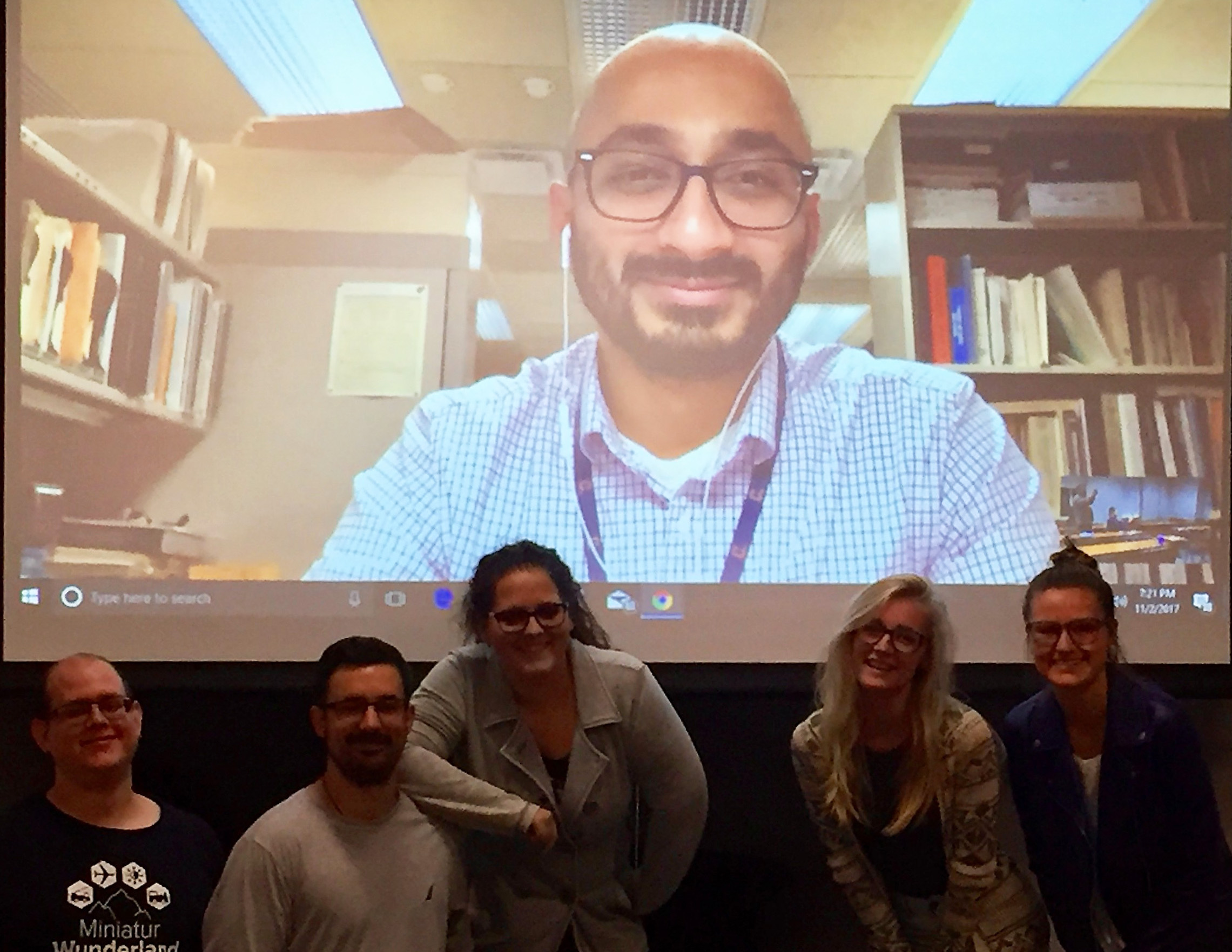
Daylon Bonner, Staff Writer
On Thursday, Nov. 2, the Armstrong Space and Rocketry Club hosted NASA engineer Manan Vyas. While Vyas was unable to give an in-person interview, attendees could probe his brain via an online chatroom for a solid hour. Inquiries ranged from internships to the tedium of algebra. To the best of his ability, he answered the questions presented.
Vyas has been with NASA for eight years and resides in Cleveland, Ohio where he works at the NASA Glenn Research facility. Specifically, his study is based more in Aeronautics, in which he and his colleagues design various technologies and apparatuses to achieve atmospheric and space travel by the most efficient means. He received both his Bachelor’s and Master’s degrees from Embry-Riddle Aeronautical University and is currently working towards his Ph.D.
Most of the discussion concerned potential NASA internships and job opportunities. Vyas offered some insight to their selection process as well as how potential interns should go about choosing a position.
As most may know, NASA has several facilities nationwide. Some of them lean more towards the Aeronautical and Technological side while others lean more towards Astronomical Physics. Internships are available during all parts of the year, therefore, all applicants should thoroughly read the description of the position and the facility to find which internships are best suited to their areas of interest.
This becomes paramount when the selection process is considered. As relayed by Vyas, in addition to the academic side of a candidate, NASA also investigates how well an intern would fit in a position. In other words, for someone with a vested interest in Computer Science, the Glenn, Langley, or Ames Research Centers may tailor more to their interests than Kennedy or Johnson Space Center. Other criteria considered include ventures in that show initiative. Projects that demonstrate that a prospect can function well in a leadership role, as well as work well on a team, reflect positively on potential interns. Furthermore, opportunities do not start in college. There are positions for high school students, as well. Vyas even detailed time he spent working with an intern just beginning college and another who still attended high school.
One of the more important aspects of life with NASA is the need for cohesion.
Vyas explained, “You rarely work by yourself. Projects are usually at a large scale and have a tendency to involve multiple centers countrywide.”
Particularly, professors from universities may become involved, as well as different industries seeking to eventually take new developments to the private sector. Sometimes, the collaborative work may extend to researchers from other countries. Many of his colleagues have some form of an advanced degree in their respective fields – therefore, newer team members have the opportunity to learn and be more productive on the job.
Should anyone have interest in working at NASA potentially, all listings are posted on USA.gov.
The topic of women at NASA came up, as well. To be blunt, there simply are not enough women in S.T.E.M. fields, let alone employed by NASA. To paraphrase Vyas, a better job needs to be done to foster a curiosity for the field in both women and minorities. One of the ways the NASA Glenn facility is attempting to change the underrepresentation is via the Girls Take Flight. The event is held at Cleveland State, in conjunction with Girl Scouts, and acts as a showcase of NASA projects as well as giving information to any girls interested in the field.
Should anyone want to explore opportunities for scholarships, fellowships or summer internships, visit https://intern.nasa.gov/ for more information.

